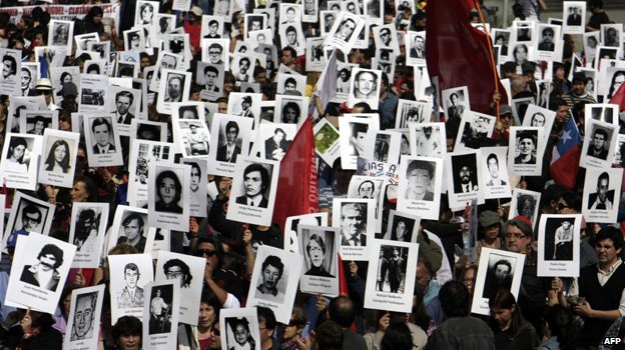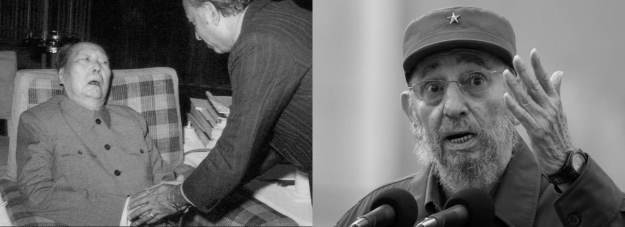Transnational Indian Business in the Twentieth Century
By: Chinmay Tumbe (Indian Institute of Management Ahmedabad, India)
Abstract: This article argues that migration and investment from India moved in tandem to chart the evolution of transnational Indian business in the twentieth century, first toward Southeast Asia and Africa and later toward the United States, Europe, and West Asia. With a focus on the banking and diamond sectors, the overseas investment project of the Aditya Birla Group, and the transnational linkages of India’s one hundred richest business leaders, the article locates important events, policies, and actors before economic liberalization in 1991 that laid the foundation for subsequent globalization of Indian firms.
Business History Review (Forthcoming – Published online: 12 December 2017)
https://doi.org/10.1017/S0007680517001350
Review by Niall G MacKenzie (Strathclyde Business School)
Chinmay Tumbe’s article in Business History Review, ‘Transnational Indian Business
in the Twentieth Century’ is, as the title suggests, an exploration of Indian business history at home and abroad throughout the twentieth century. The article is well-written with a number of themes present throughout which go beyond simple transnational analyses, encompassing elements of kith (networks) and kin (family) in the development of Indian business over the period set against changing migration patterns within and outwith, the Indian sub-continent. A further clear theme throughout the paper is the changing role and concomitant impact of the institutional frameworks in which Indian business acted under, both in domestic and international terms. It is on these areas that this review takes its focus.
The paper compares and contrasts twentieth century Indian migration trajectories and their impact on Indian international business connections, with a particular focus on the activities of the banking and diamond industries, as well as highlighting a number of famous Indian firms and entrepreneurs including the Godrej, Birla, and Tata families, Lakshmi Mittal, and the top 100 richest Indians using a mixture of archive data, corporate histories, biographies, and secondary materials such as magazines and newspapers. In this sense, the paper is a non-traditional business history piece that combines a variety of methodological approaches to paint a picture of Indian transnational business history over the twentieth century that distinguishes itself with its attention to rigour, a clear story arc, and the creation of a historical framework for future studies. As one may expect from Business History Review, the writing is tight, the subject matter broad but detailed in its analysis, and a number of valuable insights into how Indian business developed over the period emerge as a result.
Tumbe’s work covers both Indian domestic business activities and overseas investment activities by Indian companies over the twentieth century, offering readers an interesting and illuminating analysis of these subjects which reflect a growing interest in Indian business within business history more generally, including a special issue in Business History edited by Carlo Morelli and Swapnesh Masrani on Indian Business in the Global World, publication of the Oxford History of Indian Business by Dwijendra Tripathi (2014), the developing economies initiative at Harvard Business School which focuses on (amongst other developing countries) Indian business, a 2015 conference on Indian and South East Asian business history hosted by Harvard Business School bringing together scholars from all over the world, and a number of articles published in each of the major business, economic, and accounting history journals. In this sense Tumbe’s paper is a continuation of the growing interest in Indian business history around the world and recognition that much of the history of the country has been written from the perspective of the west, and in particular Anglo-Indian viewpoints.
Work written from the perspective of indigenous Indian scholars therefore has the potential to provide counterpoints, deeper insights, and more interesting considerations of phenomena and change that are oftentimes taken for granted by Western scholars. Indeed, much theory that has been produced in business and management has been done so within Western developed countries and typically by Western scholars. This is a point that has been raised in the Family Business Review journal by its outgoing editor Pramodita Sharma (with family business stalwarts Jim Chrisman and Kelin Gersick), who in a 2012 editorial called for more testing of existing theory, and creation of new theories by looking at ‘different institutional contexts’ as ways of doing this. This is a call that applies beyond family business however and into business and management more generally – cognizance of context and its multiple forms and applications to existing and new knowledge is something that historians are perhaps naturally familiar with and indeed drawn to, but which has value beyond history also.
Arguably the most interesting aspect of the paper (to this author at least) was the focus on the role that Indian family businesses played within the constantly evolving Indian and global institutional contexts over time, engaging domestic and international business networks and deploying their capital in different ways to address their aims and aspirations. The case of AV Birla going to study at MIT is one such example – scions of large family businesses nowadays are regularly packed off to global top institutions to gain a world class education and expose them to more of the world in preparation for taking the helm of the family business. However, according to Tumbe, in the mid-1960s India was a relatively insular looking country and business environment which suggests Birla’s decision to study at MIT was one that was more than just expanding personal horizons but was in fact, at the time, a relatively novel way of preparing Birla and the helping firm’s international expansion aspirations. Birla was then an early example of what is now a relatively standard practice in terms of preparing for the future leaders within the family business, but also of preparing the business itself by accessing and leveraging the networks that come with enrolment in top global education institutions for higher education.
One of the principal questions posted in the paper was “How and why did Indian business operations extend beyond the boundaries of the subcontinent, and was migration a relevant factor in this process?” The short answer that Tumbe’s paper provides, is that migration was a relevant factor in the process (as one might reasonably expect), but also that Indian business operations did exist beyond the boundaries of the subcontinent and the reasons for doing so were varied. In some cases, Indian businesses were accessing existing networks of Indian diaspora for soft landings abroad, in others they were seeking to expand operations due to the constrictions that were imposed on them by an FDI-hostile Indian government that resulted in domestic industrial stagnation and a strong push factor to invest abroad, requiring Indian businesses to look outwards for international expansion and growth opportunities. Kith and kin were therefore important features of such expansion with the desire to mitigate the agential risk that naturally comes with the creation of distance between operations and control as far as possible. Consistent within this is the recognition that friends and family are important in business expansion and development; Tumbe provides a demonstrable example of this in his analysis of Birla’s expansion into Antwerp and the role Vijay Mehta, a cousin of AV Birla’s best friend based in Antwerp and Bangkok, played in Birla’s first overseas investment.
Tumbe’s article is ultimately a broad sweep analysis of Indian transnational business activities and development over the twentieth century that illustrates the changing nature of business in India, the shifting institutional context, and the opportunities and constrictions that come with doing business in a developing country. Its relevance and interest to business and economic historians is clear in its historical analysis and content, but its wider applicability to understanding contemporary business and management phenomena such as resource orchestration, transnational business, and family business is also apparent. For those familiar with Indian business history it will likely confirm a number of existing thoughts and concepts, but for those who are not as familiar it provides an enjoyable and informative overview of how Indian business changed over the course of the twenties century with an array of source material that is handled well and written in an engaging fashion.






